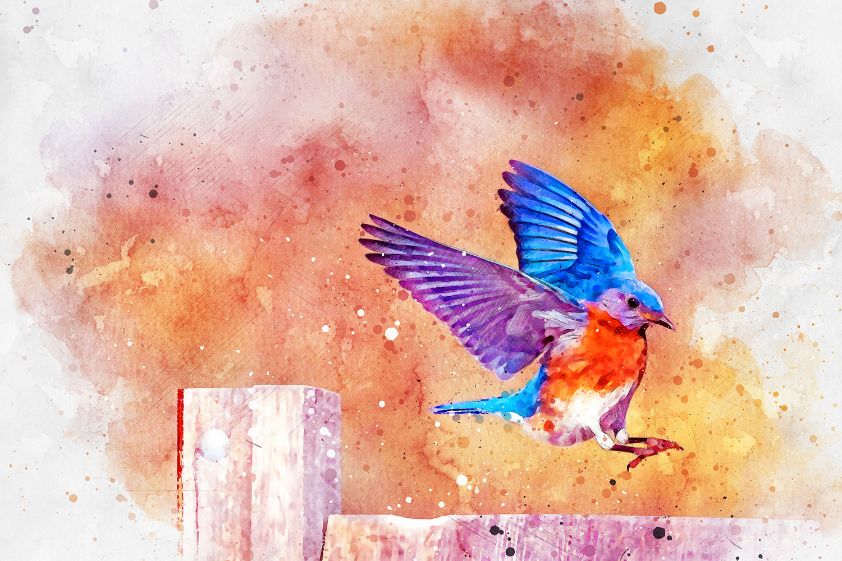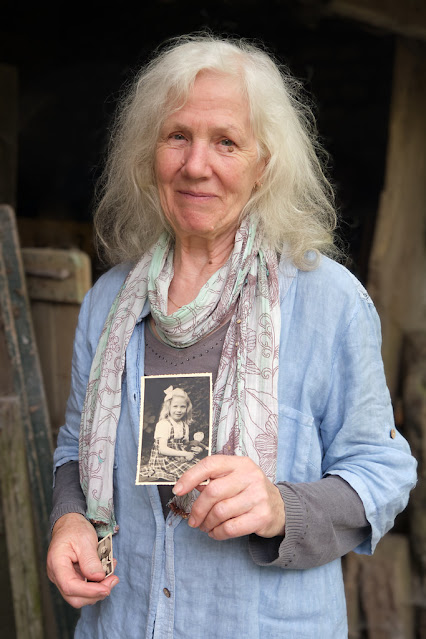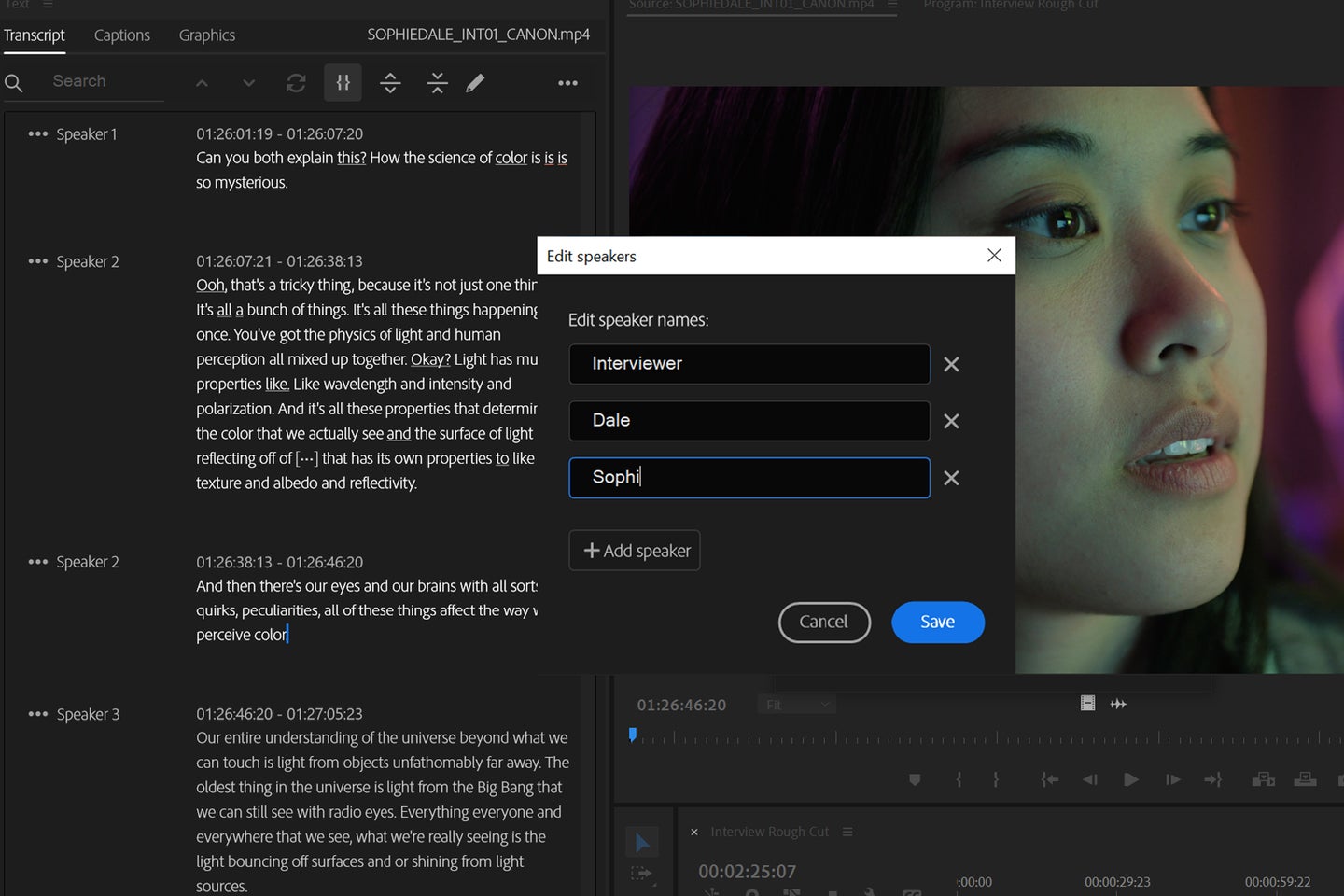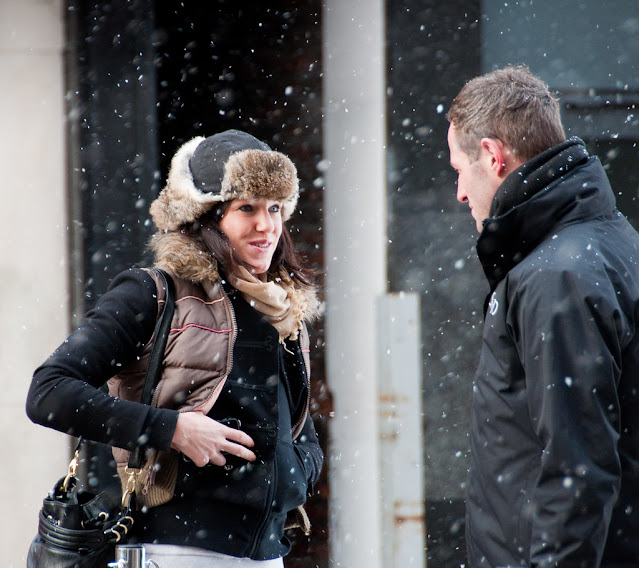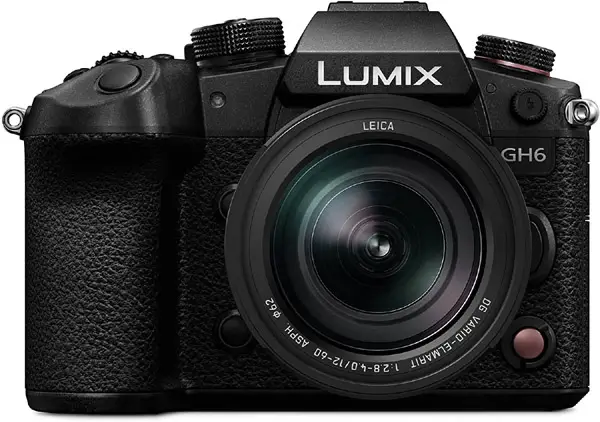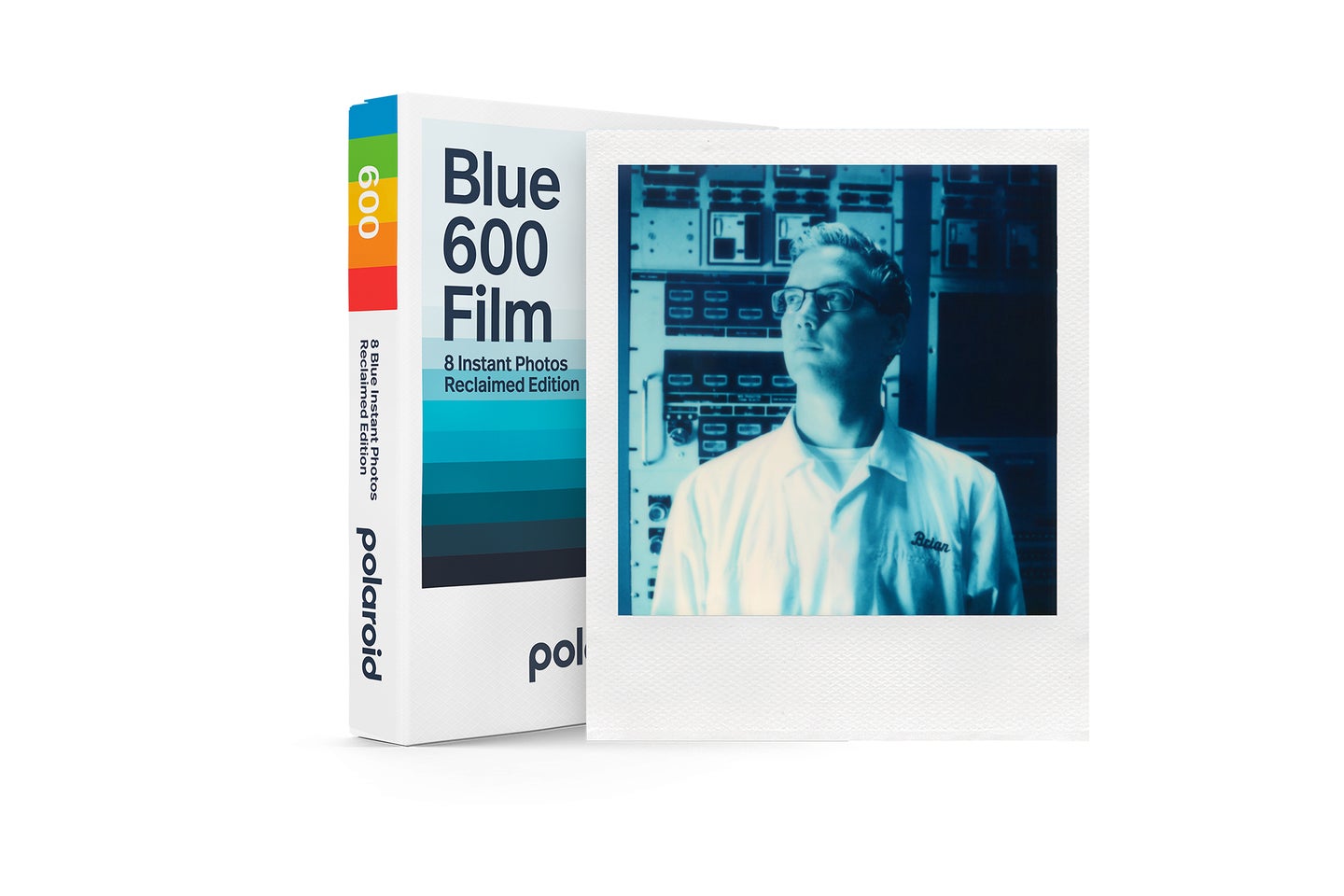Tips & Tricks

In Praise of Small Apertures
Digital Photography Magazine-Tips
Sometimes it seems like the widest apertures garner all the headlines. You know, the shallow depth of field apertures that accompany those awesome, fast lens specs like f/1.2 and f/1.4? They get all the love! Who doesn’t love a razor thin depth of field, after all? It’s a pretty great look. And it comes from those exciting wide open apertures.
But what about the boring apertures? The mid- to small lens openings that provide a less special effect but also more sharpness and detail throughout the scene. I’m not just talking about f/5.6 or f/8 here. I want to make a case for the really small apertures, like f/11, f/16 and even f/22. I think they deserve appreciation and a wider use case as well.
While it may be fashionable to shoot wide open for that cinematic look, there are plenty of good reasons to shoot with smaller apertures. Here, in fact, are five great reasons for photographers to use small apertures.

1. Deep depth of field. This is perhaps the most obvious use case for small f/stops. Yes, you know you might want to stop down the lens when you need maximum depth of field. But what you may not know is that you should probably do that more often than you realize. For instance, I’ve photographed more group photos than I care to remember, and it took me a while to realize that even if it’s just a small group of three or four people, I have to really work hard to ensure their faces all remain sharp, from the person in the front of the front row to the person at the back of the back row. This problem multiplies, of course, with bigger groups and people at greater distances, but it’s also evident in small groups too. To ensure sharpness you simply must stop down to a smaller aperture with a bigger f/ number—like f/11, f/16 or f/22. I’ve shot enough at f/5.6 and f/8 only to discover later that the shots aren’t as sharp as they could be. What a disappointment! There are plenty of good reasons for deep depth of field beyond group photos, obviously. Whether you’re shooting a large landscape or a tabletop product shot in studio, when you need front to back sharpness you need to use the smallest apertures available.
2. Deliberate motion blur. Have you ever stumbled upon a beautiful waterfall on your weekend hike? Anyone who has read Outdoor Photographer knows beautiful, fluffy white water looks much better in waterfall photos than sharp individual droplets frozen in time. To achieve such motion blur requires a long shutter speed—and even in low light that means stopping down to a small aperture. With the camera on a tripod and a low ISO selected, you’ll want to stop down to your lens’s minimum aperture in order to achieve the longest shutter speed available. Perhaps this is just 2, 4 or 8 seconds, but it’s surely enough to turn moving water into an attractive motion blur. Whether you’re photographing a waterfall in the landscape or handholding and panning with a fast-moving sports subject, deliberate motion blur requires small apertures to provide the slow shutter speeds that make the technique work.

3. The sharpest apertures. No, I’m not referring to maximum depth of field. I mean that some apertures roduce sharper photos than others, independent of depth of field. Don’t believe me? Shoot a test as outlined here and note how much sharper the f/stops in the middle of the range are when compared to those at the extremes. I will concede that no, if f/22 is your lens’s minimum aperture it will not be especially sharp. But f/16 will be, as will f/11 and the downright “normal” f/8 aperture. What you’ll definitely note is that these medium and small apertures produce pictures that are sharper than when the lens is wide open. So if you’re going for crucial sharpness, stop down from wide open to a smaller aperture and you’ll notice your pictures will become sharper too.
4. Mixing sun and strobe. If you want to overpower the sun using a powerful flash or studio-style strobe, you’re likely to do that with a small aperture. If the normal daylight exposure is 1/250th at f/11, for instance, you’ll want to go to f/16 and then f/22 in order to make an ambient exposure that’s two stops underexposed. In this way, on a bright sunny day you can make an outdoor photograph that appears to have studio lighting since you’ve overpowered the sun. Sure, you’ll need a strong strobe to do it, but paired with a small aperture you’ll open up a world of special lighting effects that can only be achieved with strobe photography. High-speed sync has made these smaller apertures less essential (because the shutter speed can now be increased to underexpose the sun) but for those without HSS flashes, the tried and true method for overpowering the sun requires a strong strobe and a small aperture.

5. Special effects, like starbursts from pinpoint light sources. Have you ever seen a photograph of a snow skier with a star-shaped sunburst in the background? This is done with the complicated technique of… Well, actually it’s not complicated. It’s simply stopping down to a very small aperture such as f/16 or f/22. Wider apertures won’t work. Instead they turn the sun into a bright blob of overexposure. But stopped way down such a pinpoint light source becomes diffracted and turns into a bold starburst shape. This works with any small point light source, of course, and can be used for special effects any time a starburst is desired.
The post In Praise of Small Apertures appeared first on Digital Photo.





